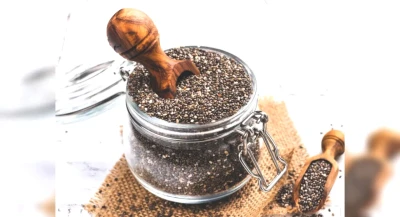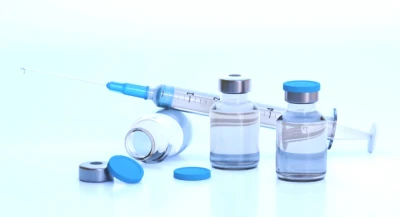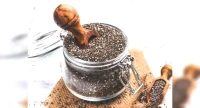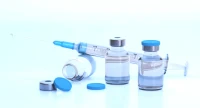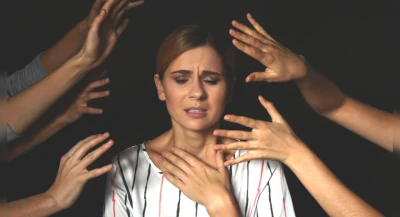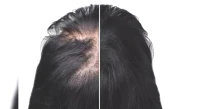Anxiety disorders remain among the most common mental health issues. The World Health Organization (WHO) reported that, as of 2019, around 301 million people were affected, indicating that nearly 1 in 4 of those undergoing treatment experienced anxiety disorders. According to the research article “Panic Attack–Associated Psychophysiological and Cognitive Mechanisms and the Influence of the Diving Reflex,” anxiety is characterized not only as a psychological condition but also manifests physically and cognitively, activating the body’s stress systems, particularly during panic episodes.
Understanding Anxiety
It is essentially an elevated state of alertness, engaging both mental and physical processes. Symptoms commonly associated with anxiety include:- Racing thoughts
- Shallow breathing
- A sense of dread
- Quickened heart rate
- During such attacks, the sympathetic nervous system can become overstimulated, leading to;
- Rapid heartbeat (tachycardia)
- Quick breathing (hyperventilation)
- Heightened sensitivity to carbon dioxide, making breathing feel even more challenging due to panic
How Does the Dive Reflex Technique Work?
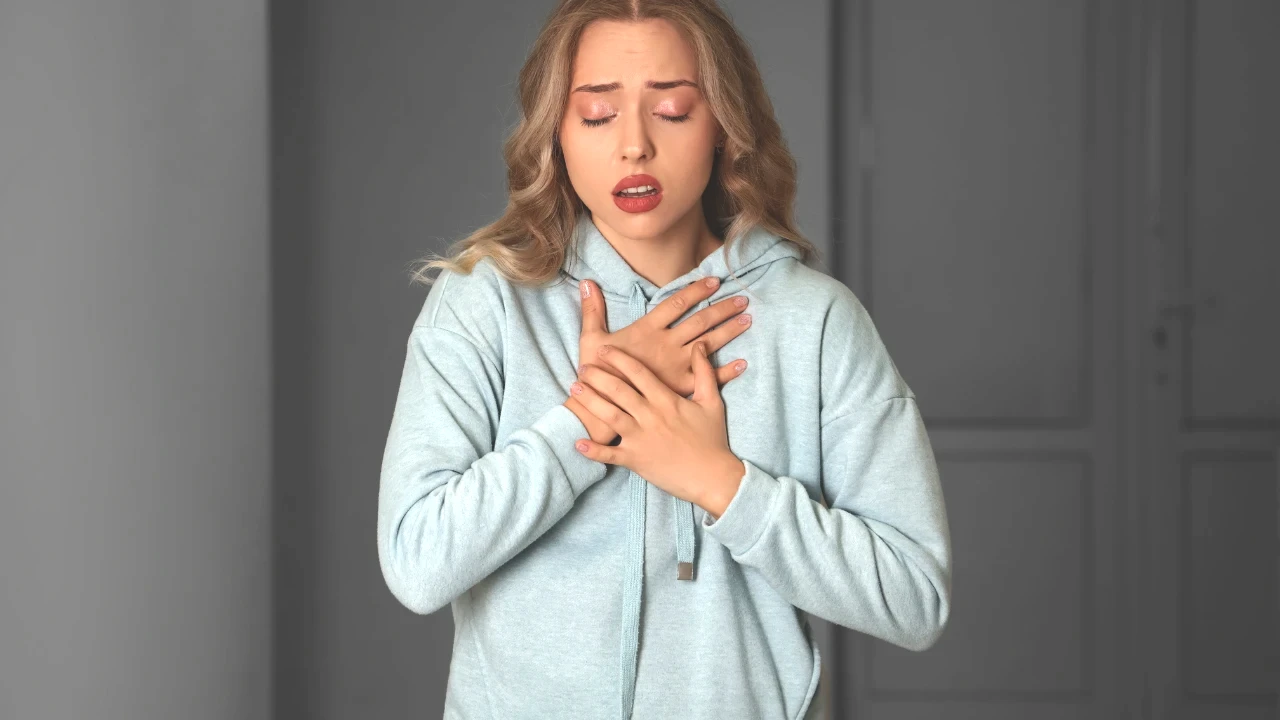 When anxiety strikes, it can send your heart racing, tighten your chest, and cause your mind to race. In these overwhelming moments, relaxing can feel nearly impossible. However, there exists a powerful natural reflex to aid in calming the body: the mammalian dive reflex. This is like the body's in-built safety mechanism and remarkably, it is easy to trigger.
When anxiety strikes, it can send your heart racing, tighten your chest, and cause your mind to race. In these overwhelming moments, relaxing can feel nearly impossible. However, there exists a powerful natural reflex to aid in calming the body: the mammalian dive reflex. This is like the body's in-built safety mechanism and remarkably, it is easy to trigger.
What Exactly is This Technique?
The dive reflex serves as a biological safety feature that activates when cold water splashes on your face while you hold your breath. It is a response we share with other mammals, including dolphins and seals. This reflex keeps oxygen reserves intact and protects essential organs when the body perceives that it is submerged in water. Interestingly, engaging the dive reflex not only supports survival in aquatic environments but also helps to soothe the nervous system.Why Is It Beneficial for Anxiety?
In moments of anxiety, our bodies react as though we are genuinely in danger, even when nothing is wrong; our heartbeats accelerate, our breathing quickens and becomes shallower, and sensations become vastly heightened. The dive reflex effectively reverses this response. When your face comes into contact with cold water, and you avoid instincts to breathe, your body receives signals to slow down. Consequently, your heart rate decreases, breathing normalizes, and within moments, you regain a sense of balance. It operates like an emergency brake for your panic. A study documented in *Frontiers in Psychology* in 2021 found that using facial immersion in cold water combined with breath-holding significantly mitigated the aforementioned symptoms and calmed the physiological reactions in subjects.Practical Application
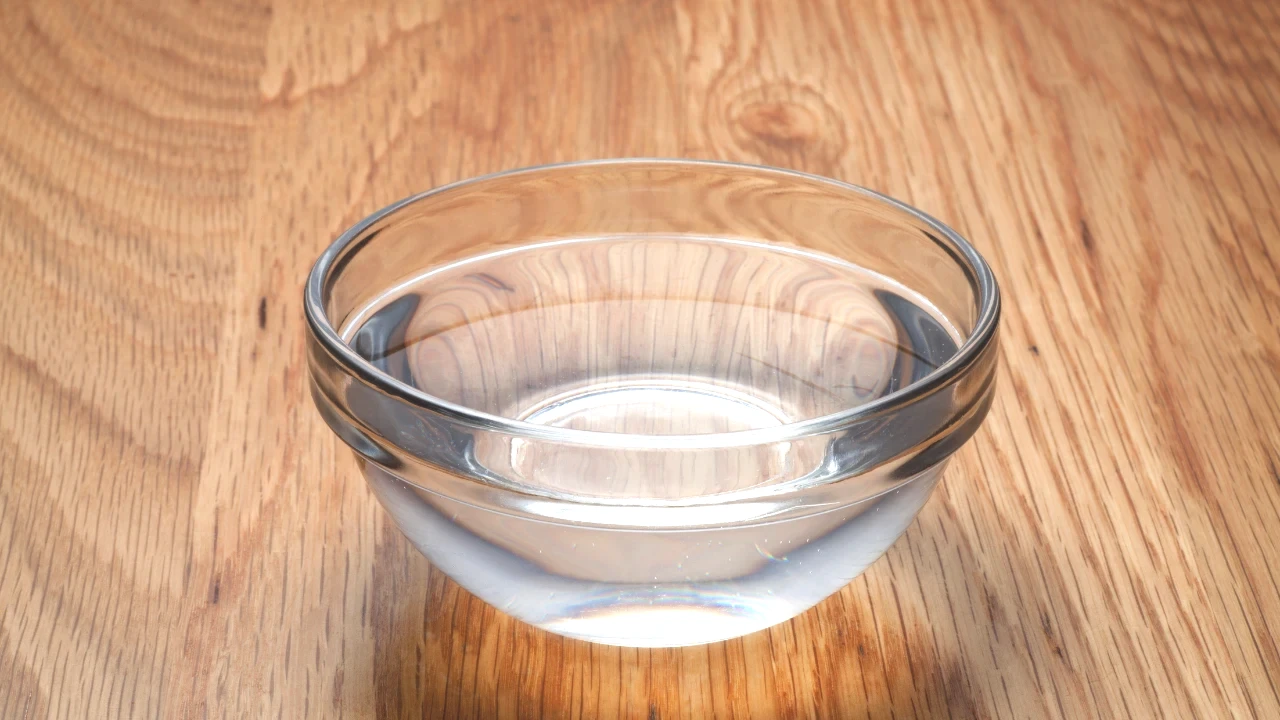 Here’s a simple method you can try at home:
Fill a bowl with cold water. You may add ice to expedite the cooling process for your face.
Hold your breath and immerse your face completely. Initially, it may feel challenging to breathe, so approach it gradually, focusing on submerging your forehead, eyes, and nose. Try to hold your breath for about 15 to 30 seconds.
Lift your face out of the water and breathe normally. You can repeat the process if necessary. Just one round can significantly reduce your heart rate and clear your mind.
Disclaimer: This technique is not a replacement for professional medical advice, nor is it a cure for anxiety disorders. Always consult your doctor before trying new strategies for managing anxiety.
Here’s a simple method you can try at home:
Fill a bowl with cold water. You may add ice to expedite the cooling process for your face.
Hold your breath and immerse your face completely. Initially, it may feel challenging to breathe, so approach it gradually, focusing on submerging your forehead, eyes, and nose. Try to hold your breath for about 15 to 30 seconds.
Lift your face out of the water and breathe normally. You can repeat the process if necessary. Just one round can significantly reduce your heart rate and clear your mind.
Disclaimer: This technique is not a replacement for professional medical advice, nor is it a cure for anxiety disorders. Always consult your doctor before trying new strategies for managing anxiety.

